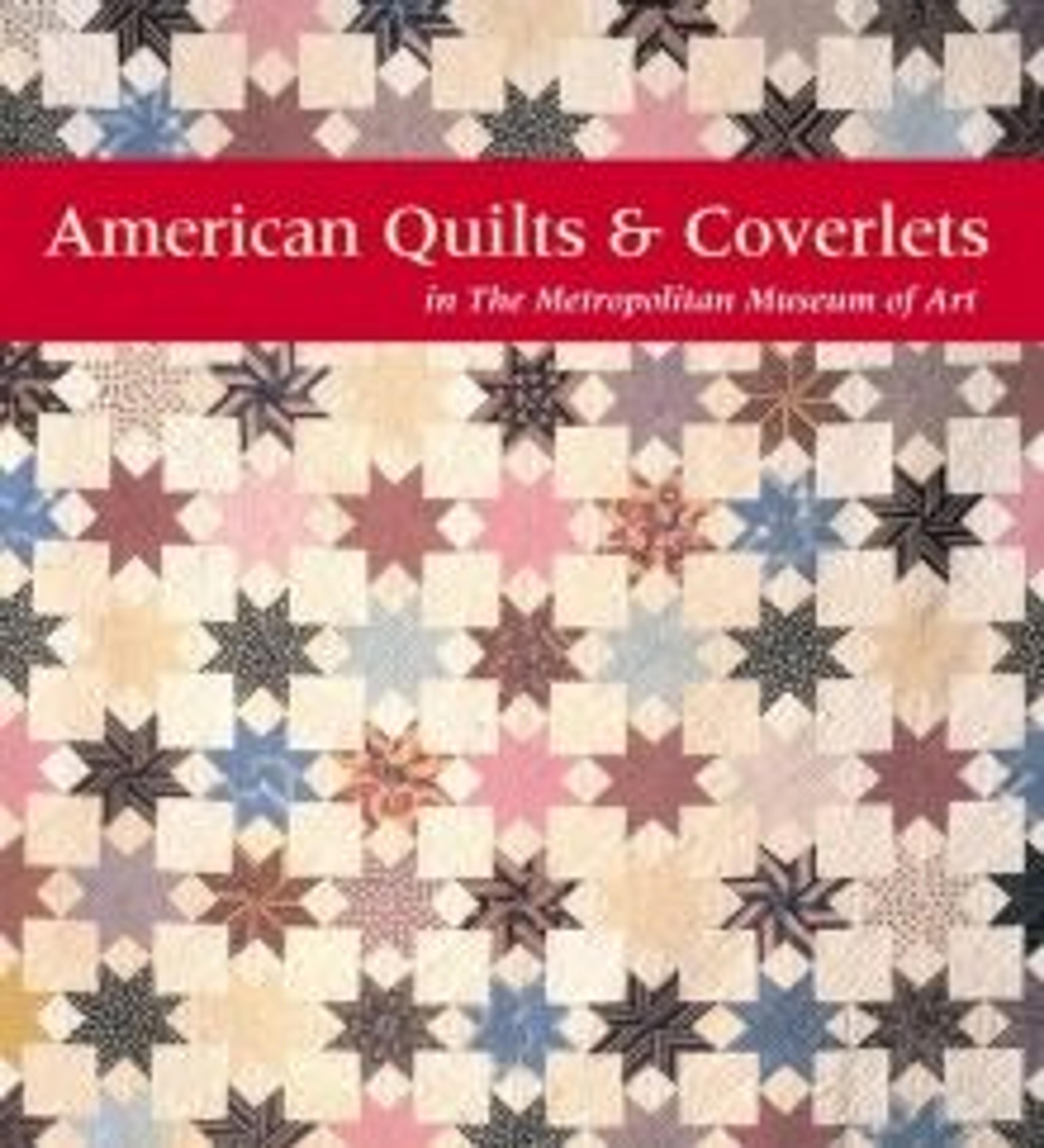Coverlet
This double cloth coverlet is woven with undyed cotton and red and blue wool in two panels and seamed at the center. It is patterned with rows of floral clusters alternating with rows of single flowers, each within a cartouche. The piece is hemmed along the top border and has a natural fringe on the left and right sides and along the bottom edge.
Artwork Details
- Title: Coverlet
- Date: ca. 1850
- Geography: Possibly made in Maryland, United States; Probably made in West Virginia, United States; Possibly made in Virginia, United States; Possibly made in Ohio, United States
- Culture: American
- Medium: Wool, cotton, woven
- Dimensions: 89 x 81 in. (226.1 x 205.7 cm)
- Credit Line: Margaret and Richard Parrish, in memory of their paternal grandparents, Rebecca and Festus Parrish, 1984
- Object Number: 1984.330.2
- Curatorial Department: The American Wing
More Artwork
Research Resources
The Met provides unparalleled resources for research and welcomes an international community of students and scholars. The Met's Open Access API is where creators and researchers can connect to the The Met collection. Open Access data and public domain images are available for unrestricted commercial and noncommercial use without permission or fee.
To request images under copyright and other restrictions, please use this Image Request form.
Feedback
We continue to research and examine historical and cultural context for objects in The Met collection. If you have comments or questions about this object record, please contact us using the form below. The Museum looks forward to receiving your comments.
